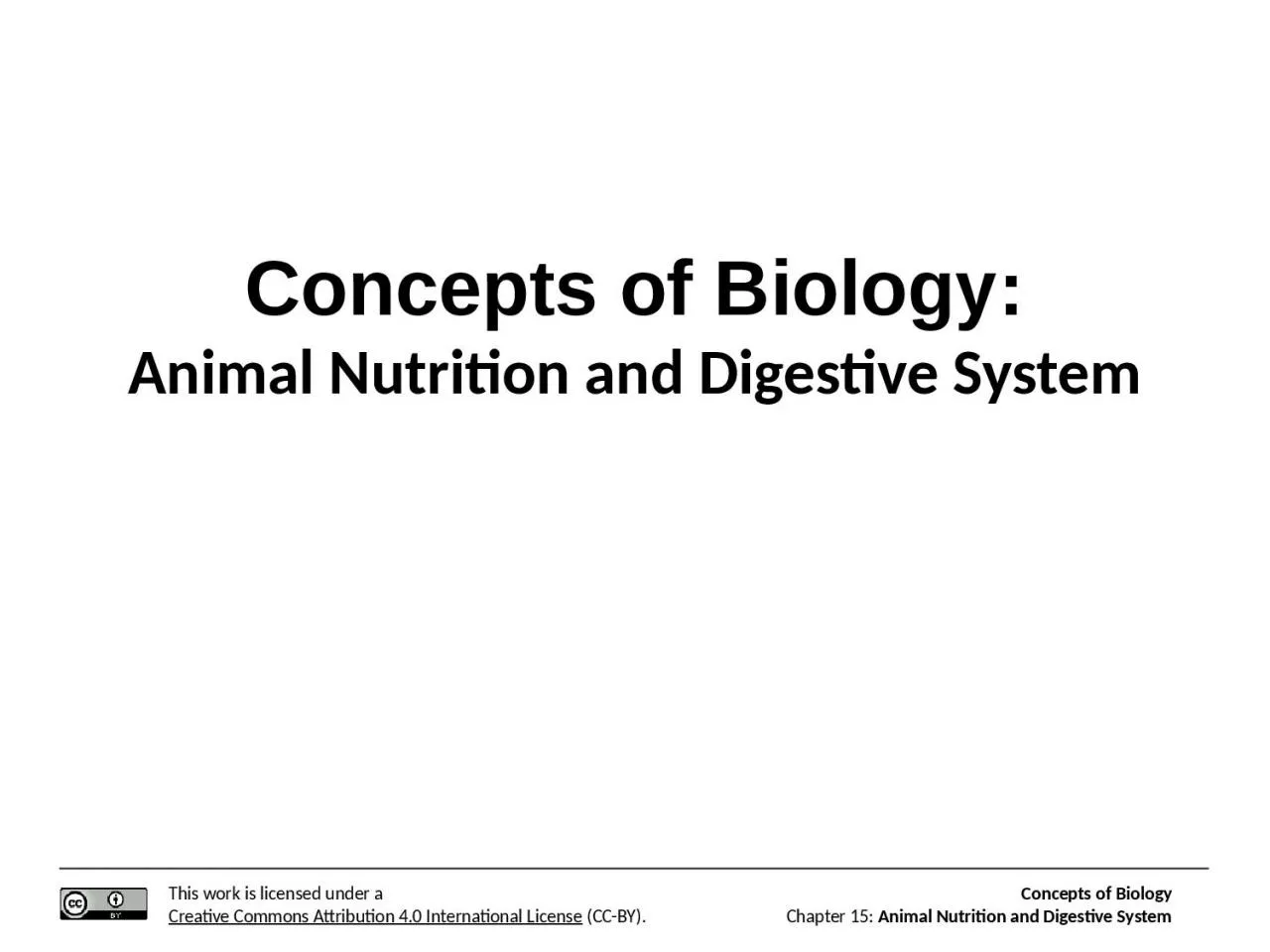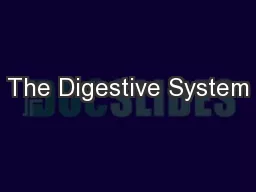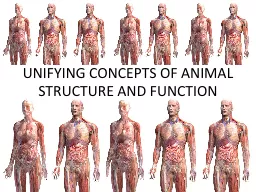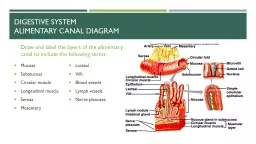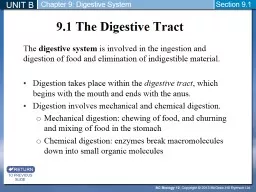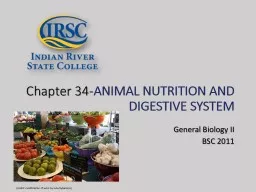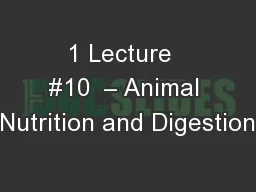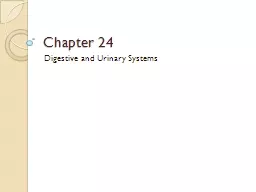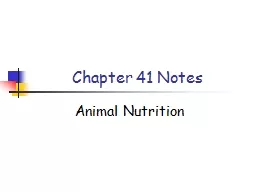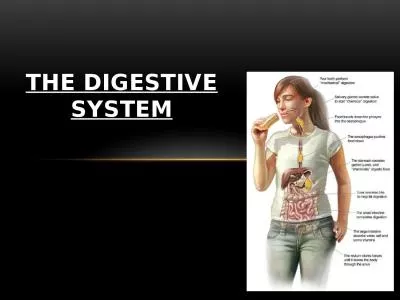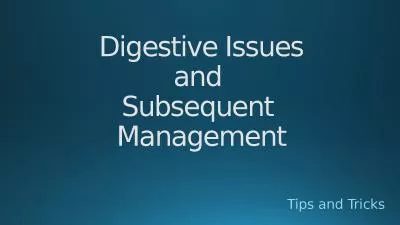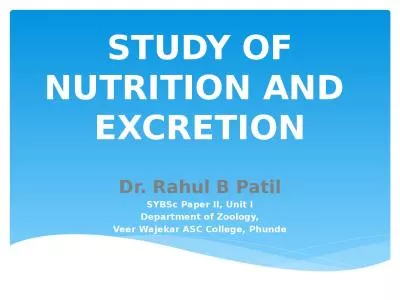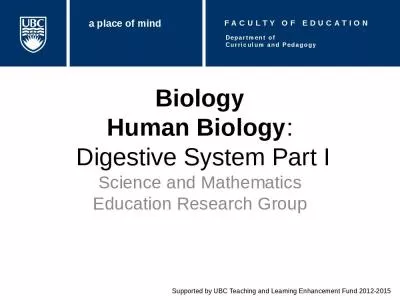PPT-Concepts of Biology: Animal Nutrition and Digestive
Author : taylor | Published Date : 2022-06-15
System For humans fruits and vegetables are important in maintaining a balanced diet credit modification of work by Julie Rybarczyk Herbivores like this a
Presentation Embed Code
Download Presentation
Download Presentation The PPT/PDF document "Concepts of Biology: Animal Nutrition an..." is the property of its rightful owner. Permission is granted to download and print the materials on this website for personal, non-commercial use only, and to display it on your personal computer provided you do not modify the materials and that you retain all copyright notices contained in the materials. By downloading content from our website, you accept the terms of this agreement.
Concepts of Biology: Animal Nutrition and Digestive: Transcript
Download Rules Of Document
"Concepts of Biology: Animal Nutrition and Digestive"The content belongs to its owner. You may download and print it for personal use, without modification, and keep all copyright notices. By downloading, you agree to these terms.
Related Documents

